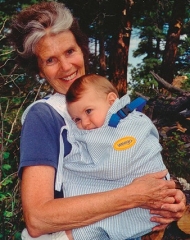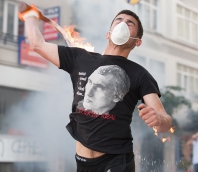.
Notable and quotable alumni from UC
Make definite assertions. Avoid tame, colorless, hesitating, non-committal language. Use the word 'not' as a means of denial or in antithesis, never as a means of evasion.
William Strunk Jr. (1869-1946), A&S 1890 — Strunk authored "The Elements of Style," a revered book found on the desk of most writers and editors. In 1918, he originally self-published the book to aid his students at Cornell University. More.
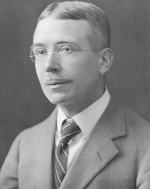
William Strunk Jr., A&S 1890
.
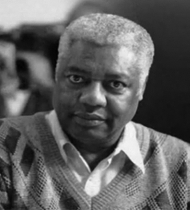
Oscar Robertson, Bus '60
I think that everyone should be able to dribble. Everyone should be able to pass. Otherwise, why are you out there?
.
You're a rotter Mr. Grinch.
You're the king of sinful sots.
Your heart's a dead tomato, squashed with moldy purple spots,
Mr. Grinch.
Albert Hague, CCM '42, (1920-2001) — Tony-winning composer and lyricist, Hague was most famous for composing the score for "How the Grinch Stole Christmas" and the Broadway musical "Redhead," for which he won two Tonys in 1959. He was also an actor, playing the music teacher Benjamin Shorofsky in the TV series "Fame" from '82-87. More.
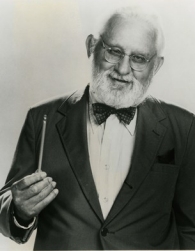
Al Hague, CCM '42
.
Nobody carried their babies in America. They always put them in those plastic infant seats. There is no human warmth through that.
Ann Moore, Nur '56 — Inventor of the Snugli, the original hands-free soft baby carrier (patented in 1969), Moore had her design honored with permanent placement in the Smithsonian Institute and recognition from the Wall Street Journal as one of the 20th century's most important inventions. In 1999, she returned to her sewing table and introduced a new soft baby carrier, the Weego -- just in time to tote her grandchildren. More.
.
.
Doors open when you least expect it, but you need to be ready for those doors to open.
Clarice Reid, MD '59 — Cincinnati's only African-American pediatrician in private practice from 1962-68, Reid then spent more than 20 years as coordinator of the National Sickle Cell Disease Program at the National Institutes of Health. Under her leadership, important advances in sickle-cell anemia research and hematology were made. More.
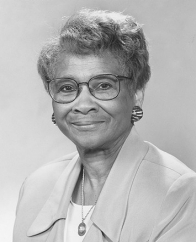
Clarice Reid, MD '59
.
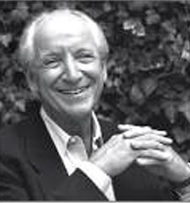
Michael Graves, DAAP '58
I don't care what people call me — labels have the negative value of making smaller boundaries for people.
Michael Graves, DAAP '58, HonDoc '82 — Architect Graves is internationally renowned for his postmodern works, including UC's Engineering Research Center. A professor of architecture at Princeton University and president of the architectural firm that bears his name, Graves was honored by President Clinton in 1999 with a National Medal of Arts and in 2001 received the American Institute of Architects' gold medal. More.
.
.
I don't remember that I ever was president.
William Howard Taft, Law 1880, HonDoc '25 (1857-1930) — Taft did not enjoy politics or campaigning. Despite tumultuous White House years (1909-13), the 27th president of the United States initiated 80 antitrust suits and offered amendments for federal income tax and direct election of senators. Later, he was content to be a Yale law professor until President Harding appointed him U.S. Chief Justice, a post the UC alumnus considered his greatest honor. More.
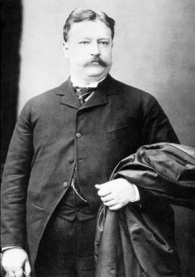
William Howard Taft, Law 1880
.
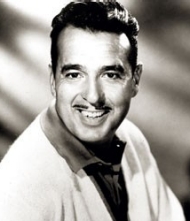
Tennessee Ernie Ford, CCM '39
We've done some great shows, but we've about milked it for all it's worth. I want to say good-bye before the audience starts to feel the same way.
Tennessee Ernie Ford, CCM '39 (1919-91) — Ford's natural friendliness made him welcome in American homes throughout his 50-year career, from local radio in Tennessee to a national TV variety show that was No. 1 for its entire five-year run. Honors included a Grammy for hymns sung in the rich, deep voice that made "Sixteen Tons" a hit and a Presidential Medal of Freedom. Bless his little pea-pickin' heart. More.
.
To north, the Redwood Empire’s gates;
To south, a happy playground waits,
in Rapturous appeal;
Here nature, free since time began,
Yields to the restless moods of man,
Accepts his bonds of steel.
-- poem, “The Mighty Task is Done,” by Joseph Strauss
Joseph Strauss, Eng 1892, HonDoc '30, (1870–1938) — In 1921, Strauss began engineering plans to build a suspension bridge over San Francisco's Golden Gate Strait. The world's longest span (a title that would not be relinquished until 1964) opened to traffic in 1937. Born in Cincinnati, Strauss was raised in an artistic family and loved poetry. For his UC 1892 commencement address, Strauss wrote a 21-stanza poem titled "Reveries" and astonished the audience at graduation by proposing to bridge the Bering Strait. The complete "The Mighty Task Is Done" poem. More.
.
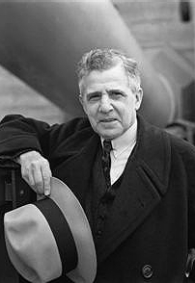
Joseph Strauss, Eng 1892
.
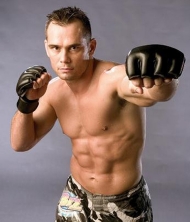
Rich Franklin, A&S '97
.
My equation for staying humble is very simple -- treat the people on bottom like they are the people on top.
Rich Franklin, A&S '97, MEd '01 — A former math teacher at Cincinnati's Oak Hills High School, Franklin has become an Ultimate Fighting Championship (UFC) legend versus some of the sport's toughest opponents. More.
.
.
The next time you watch children play, go out and join them.
Chris Downie, Bus '94 — The multi-millionaire entrepreneur is a best-selling author, motivation expert and one of the founders of SparkPeople.com, the country's largest diet, fitness and healthy lifestyle website with 15 million free memberships from more than 150 countries (as of February 2012). More.
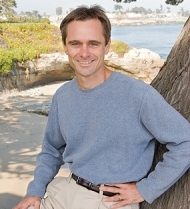
Chris Downie, Bus '94
.
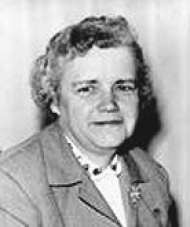
Louise McCarren Herring, Eng '32
It's not about money, not about accumulating capital. It's about helping people's lives be better.
Louise McCarren Herring, Eng '32 (1909-87) — Herring was 23 when she heard about a new kind of financial institution where Depression-era workers could pool resources to borrow money. With her company's encouragement, she set up 13 small credit unions for fellow Kroger employees and eventually launched nearly 500 credit unions in Ohio. Named the "Mother of Credit Unions" by the state of Ohio, Herring was a charter member of the national credit union movement and a member of the Ohio Women's Hall of Fame. More.
.
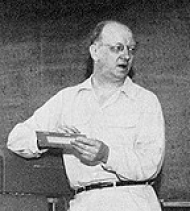
Paul Herget, A&S '31
A lot of people spend their time playing bridge. I'd rather program a computer.
Paul Herget, A&S '31, MA '33, PhD '35, HonDoc '78 (1908-81) — One of the first to use computers for astronomical calculation, the Cincinnati Observatory director was influential (late 1940s-70s) in defining their educational and research uses. During World War II, Herget computed the location of enemy submarines, reducing Allied convoy losses from 30 to 6 percent, then lent his expertise to the Manhattan Project. More.
.
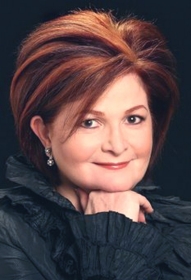
Faith Prince, CCM '79
The measure of success is tricky. In my profession, it could be awards, landing that big film or TV series, but I believe it is really measured by how connected you are, how loved you are and how you do what you do.
Faith Prince, CCM '79, HonDoc '09 — The Tony Award-winning singer and actress made her Broadway debut as Tessie Tura in "Jerome Robbins' Broadway," then later established herself as a Broadway star with her portrayal of Adelaide in the 1992 revival of "Guys and Dolls," for which she won both the Tony and Drama Desk Awards as Best Actress in a Musical. More
.
Success is often measured in terms of how much money or fame one accumulates in a lifetime. My father knew little of either, yet he was the most successful man I have ever known. He lived each day with zest, a sense of adventure and a twinkle in his eye.
-- Earl Hamner, Narrator, "The Waltons," "The Prophecy" episode, 1975
Earl Hamner, CCM '48, HonDoc '08 — Hamner is the creator, writer and the distinctive narrator of the 1970s family-TV classic "The Waltons," an autobiographical series that aired for nine seasons and won him an Emmy. He was also the author of the novel "Spencer's Mountain," screenwriter of the original "Charlotte's Web" film, a screenwriter for the television show "The Twilight Zone" and producer of the 1980s series "Falcon Crest." More.
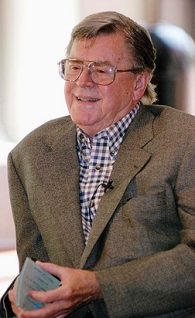
Earl Hamner, CCM '48
.
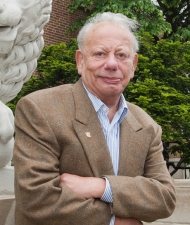
Sigmund Rolat, A&S '52
We must continue our duty to tell the story. That duty to tell all the memories has become the music of my life.
Sigmund Rolat, A&S '52 — After enduring childhood captivity in a Nazi slave-labor camp, Rolat lost his entire family, emigrated to this country all alone, became a highly successful businessman and is now a dedicated philanthropist who works to keep memories alive. More.
.
I was caught in a stampede in Gezi Park (Turkey) when police fired canisters into a dense crowd. People began to push in all directions as they tried to fight their way out. I thought there was a distinct possibility that I might suffocate or lose consciousness in the gas.
Keith Rutowski, A&S ‘09, a photojournalist, covers the violent conflict between protesters in Istanbul and the Turkish government in May 2013. See his photo gallery printed in UC Magazine. View all Rutowski's photos on his website.

A woman injured in clashes refuses help in June '13. Photo/Rutowski
.
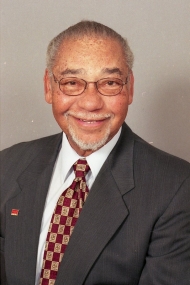
Clark Beck, Eng '55
There were no African-Americans in my classes. I didn’t dare miss a lecture because I had to study all by myself. The rest of my class studied together, but there was no socializing with me in general.
Clark Beck, Eng ’55, was one of the first two African-Americans to graduate from the College of Engineering. After graduation, Beck began to appreciate that, despite his dark memories, UC actually left him well prepared for his profession. In 19720, he suffered kidney failure and received a kidney transplant at the university-related hospital. The procedure had only a 50 percent chance of working for at least six months, but the organ has served him for more than 40 years, making Beck among the longest living survivors in the world with a functioning donated kidney. Today, he is a major UC supporter. More.
.
What we saw was a man with an extraordinary ability to adapt and to learn with incredible speed. “The man who walked on the moon also liked keeping his feet on the earth and his eyes to the sky. And that’s the Neil Armstrong my classmates and I knew.
Ralph Spitzen, Eng ’74, MBA ’76, describes Neil Armstrong while he taught in the College of Engineering from 1971 to ’79. Spitzen was the student who took this photo. More.
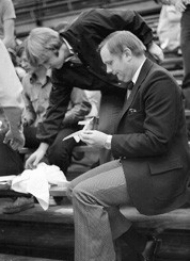
Neil Armstrong creates a paper airplane at a student event. Photo/Ralph Spitzen
.
The leader is beloved, not universally, to be sure, but the mass of the people, even those who do not approve of all his policies, love him as a man and their friend. He is not ‘the’ leader, but ‘our’ leader.
Mary Louise Eich, A&S ’37, wrote about Hitler in the Cincinnati Post after spending a month living in Germany in a Reich Labor Service Camp for Female Youth. She and Mary Nichols, Ed ’36, courageously volunteered for the dangerous stint while they were still UC students so they could write about it. For 16 days in 1936, the pair’s observations appeared in a Post column headlined “We Worked for Hitler.” More.
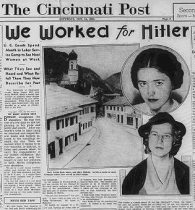
Mary Louise Eich (top) and Mary Nichols appear on the front page of the Cincinnati Post.
